History
The property on which The Renaissance on Turtle Creek now sits was once occupied by about ten single family homes. In the 1950s, the use of many of these homes transitioned from single family residences to doctors offices and small apartments. At some point, probably in the mid to late 1980s, these homes were demolished, and the land sat vacant for many years.
In 1998 the property was purchased, and construction of the current towers began late that year, taking nearly two years to complete. In the Fall of 2000, the first residents moved into the "3225 Turtle Creek Villas" apartments.
In 2002, the property was purchased by a development company with the intention of converting the apartments to condominiums. Initially, only the East Tower was converted to condominiums, named "The Renaissance on Turtle Creek", and the South / West Tower remained apartments, named "The Regency on Turtle Creek". In 2003, the South / West Tower was added to the condominium, and the entire property was from that point known as "The Renaissance on Turtle Creek".
In 2006, control of the condominium association passed from the declarant/developer to the unit owners.
In 2013-2014, the lobbies, elevator landings, residential hallways, business centers, and meeting rooms were updated, and in 2015-2016, the Main Pool Deck and Dog Walk were renovated.
In October, 2015, tragedy struck when a portion of the parking garage collapsed. Thankfully, the collapse resulted in injury only to property, and no individuals. The parking garage was repaired and portions were rebuilt. This project was completed in 2016 and many residents feel that this event fostered a closer community environment.
In 2017, the Association invested in new cardio exercise equipment for the Fitness Centers, the fire/safety system was updated for all towers in the Condominium, the Splash Pool was renovated, and a commercial space in the Condominium is currently projected to be a communal area with two rental guest suites open and exclusive to residents in 2019.
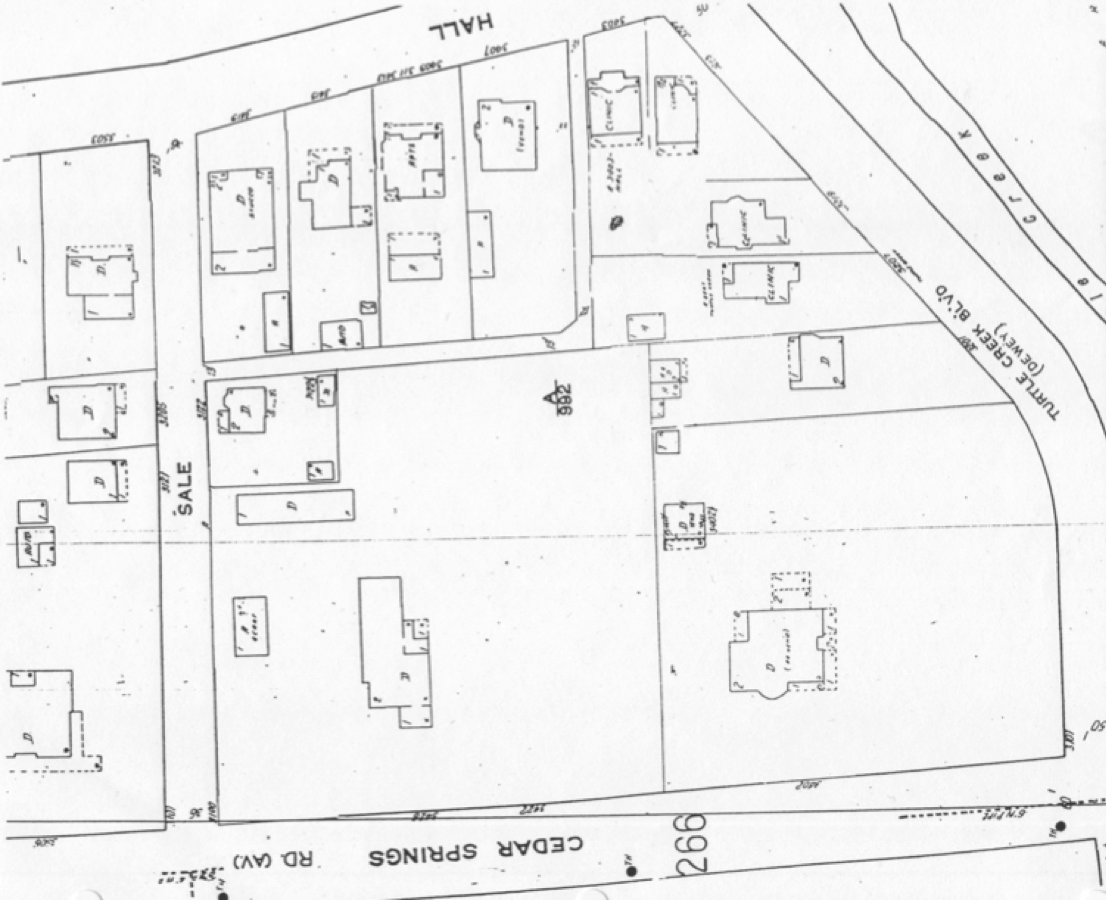
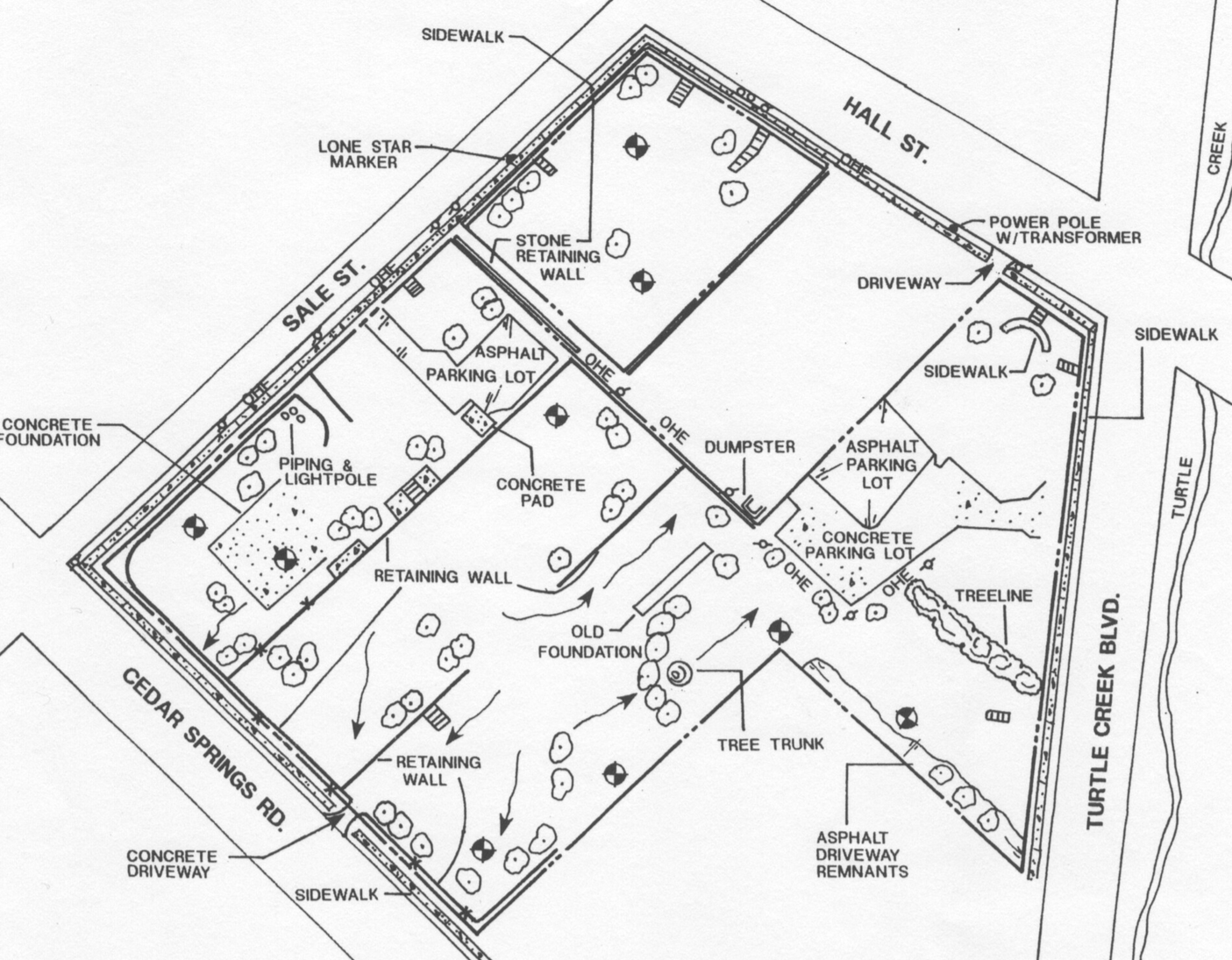

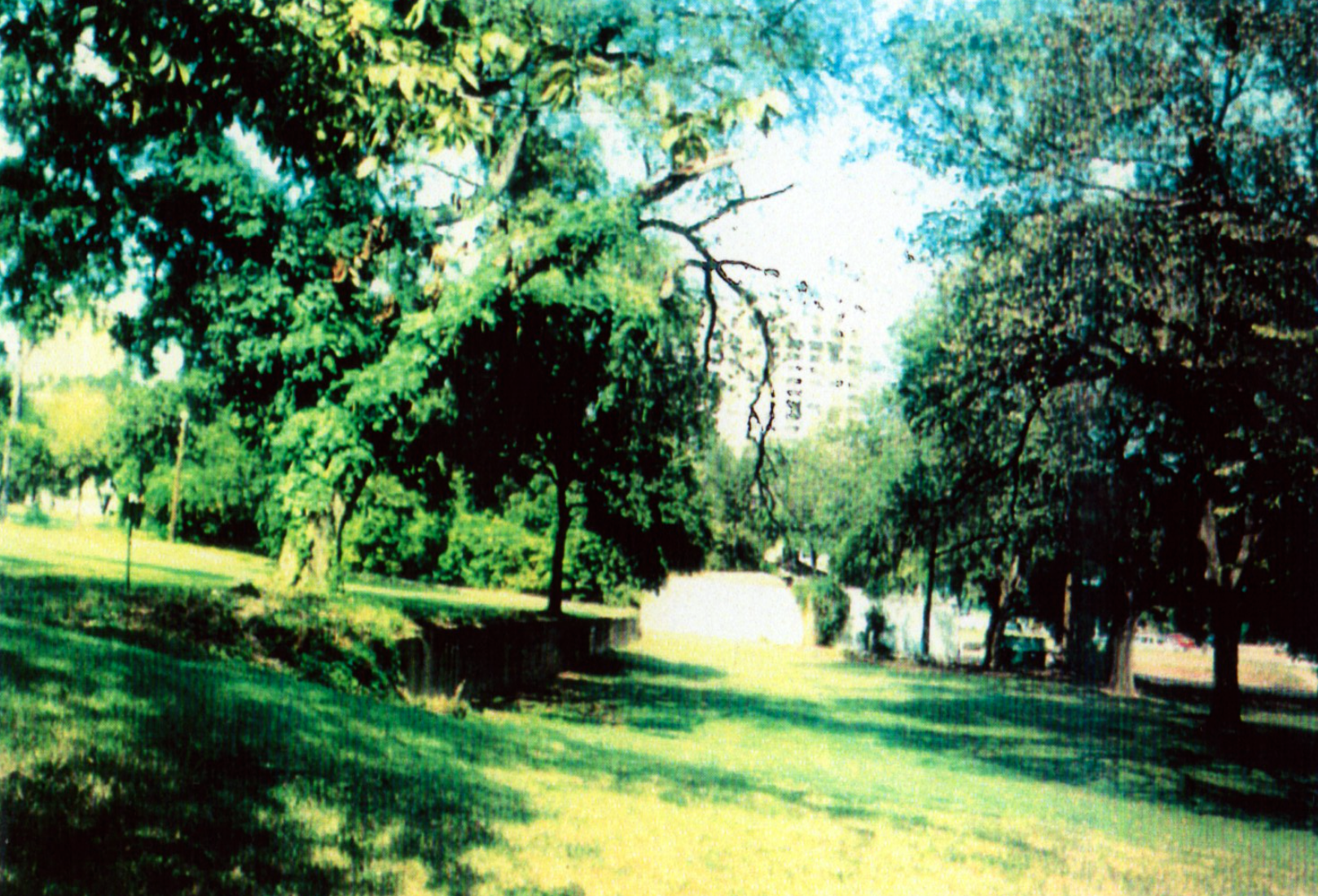
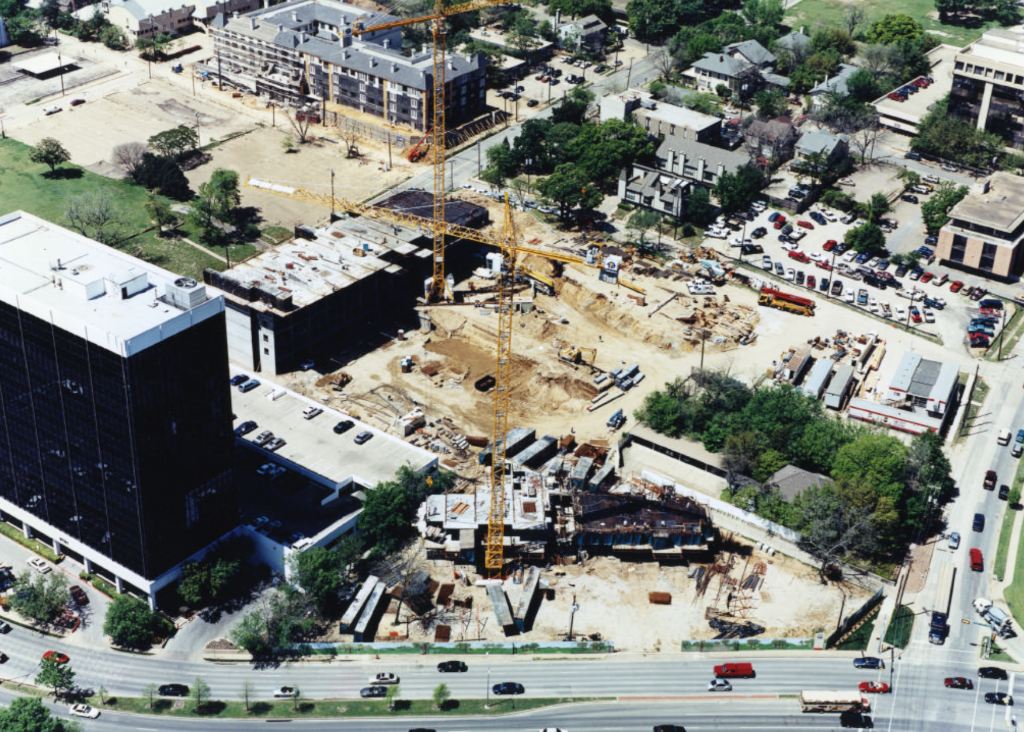
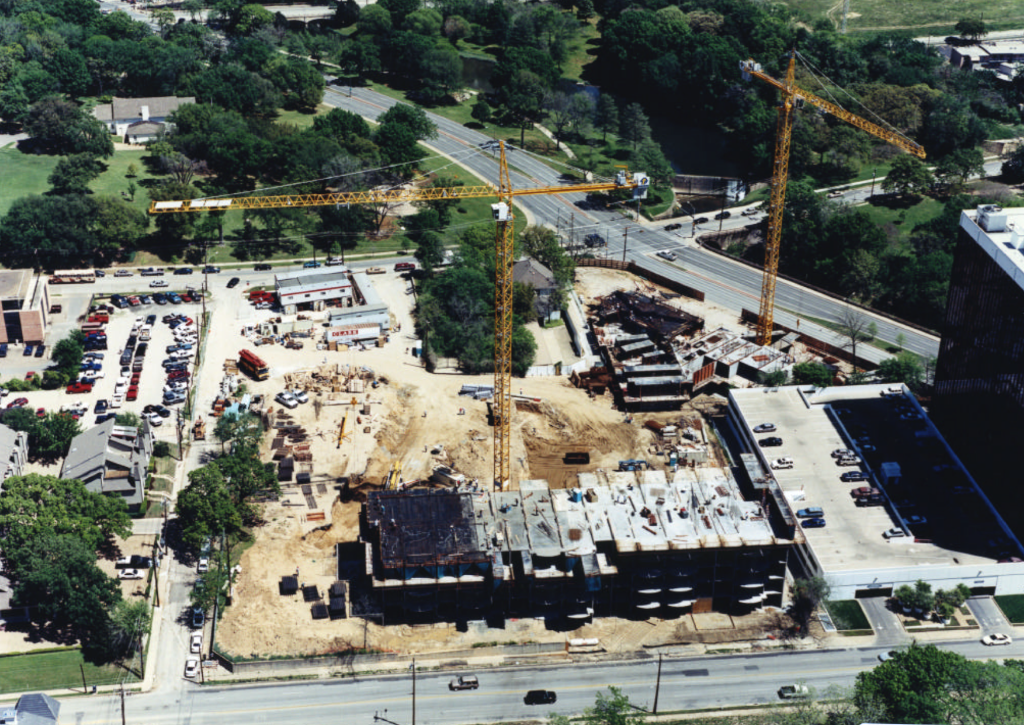
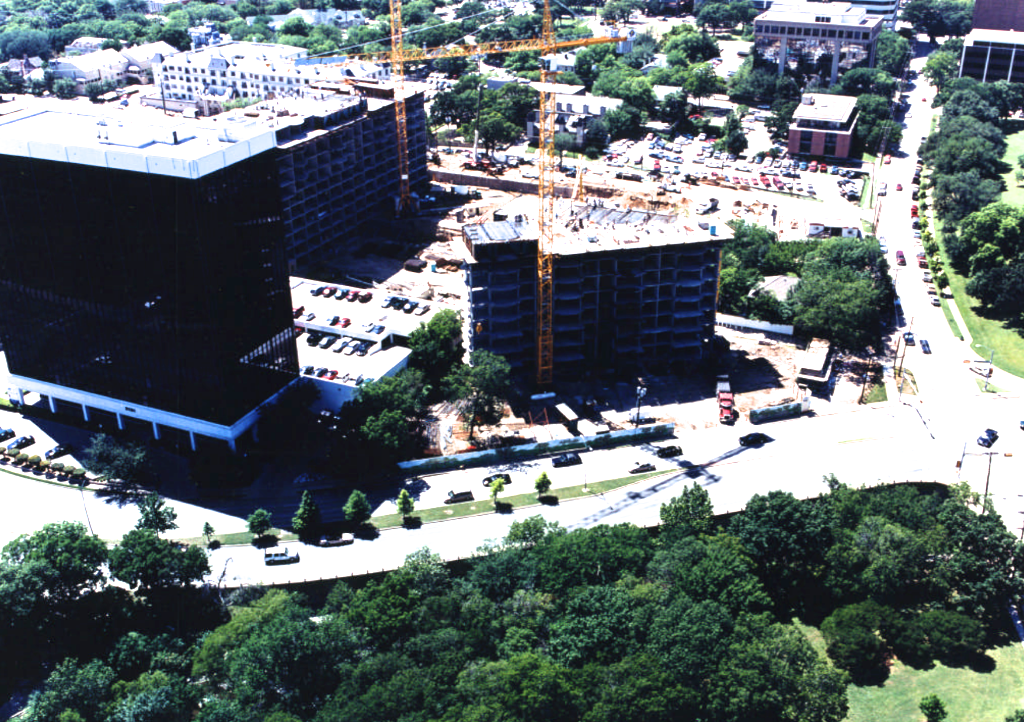
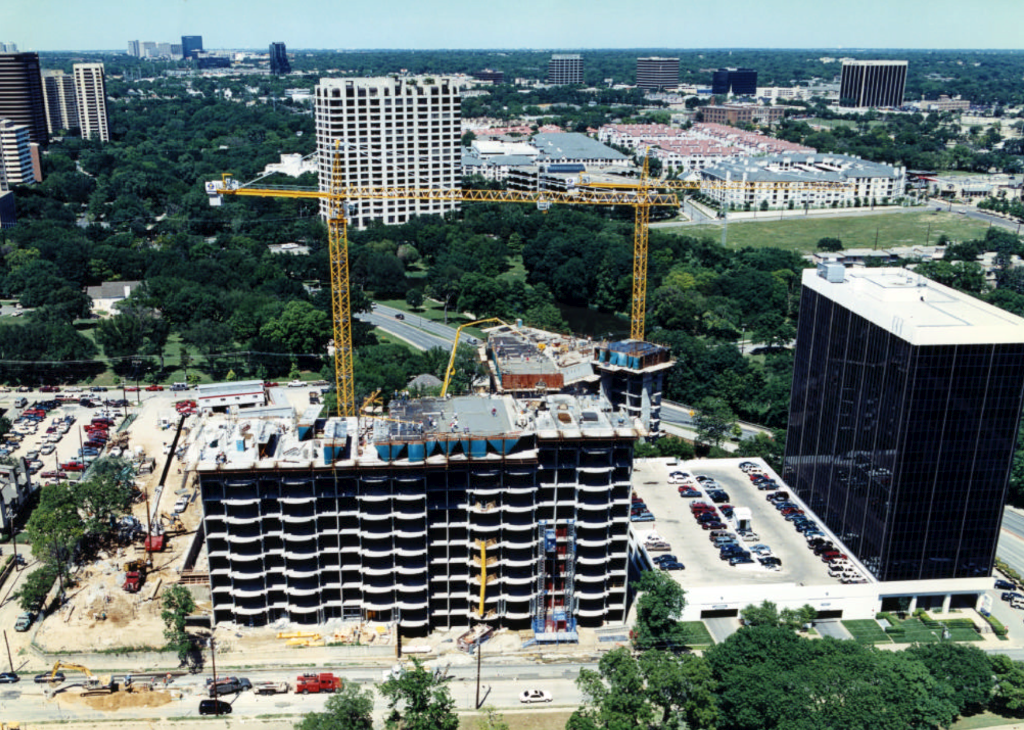
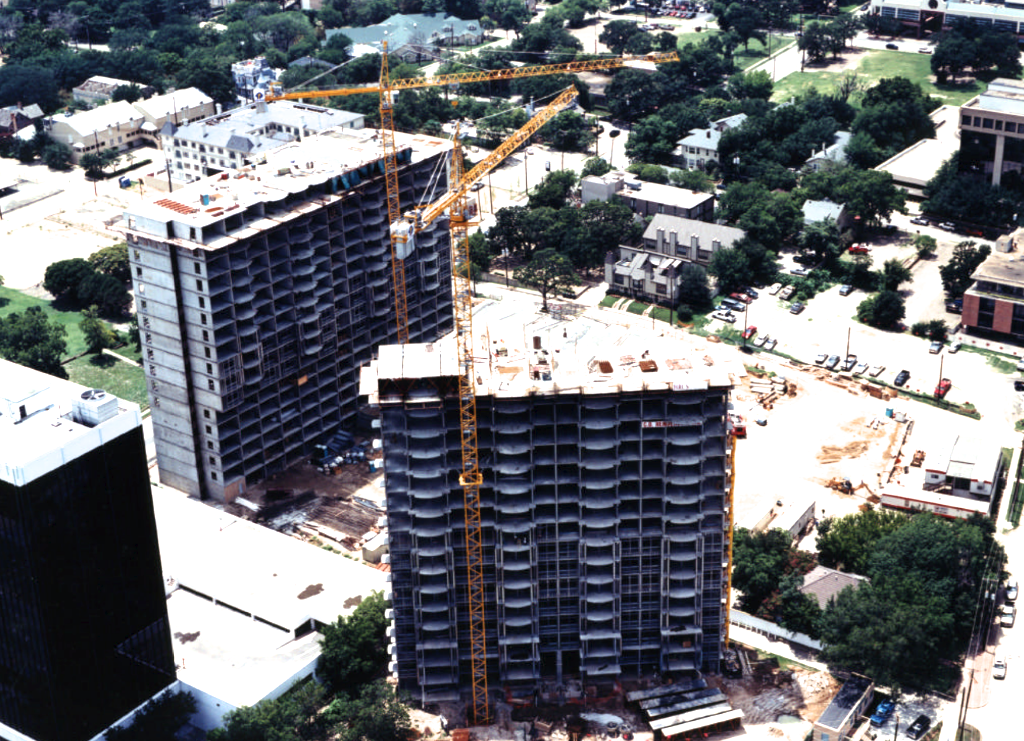
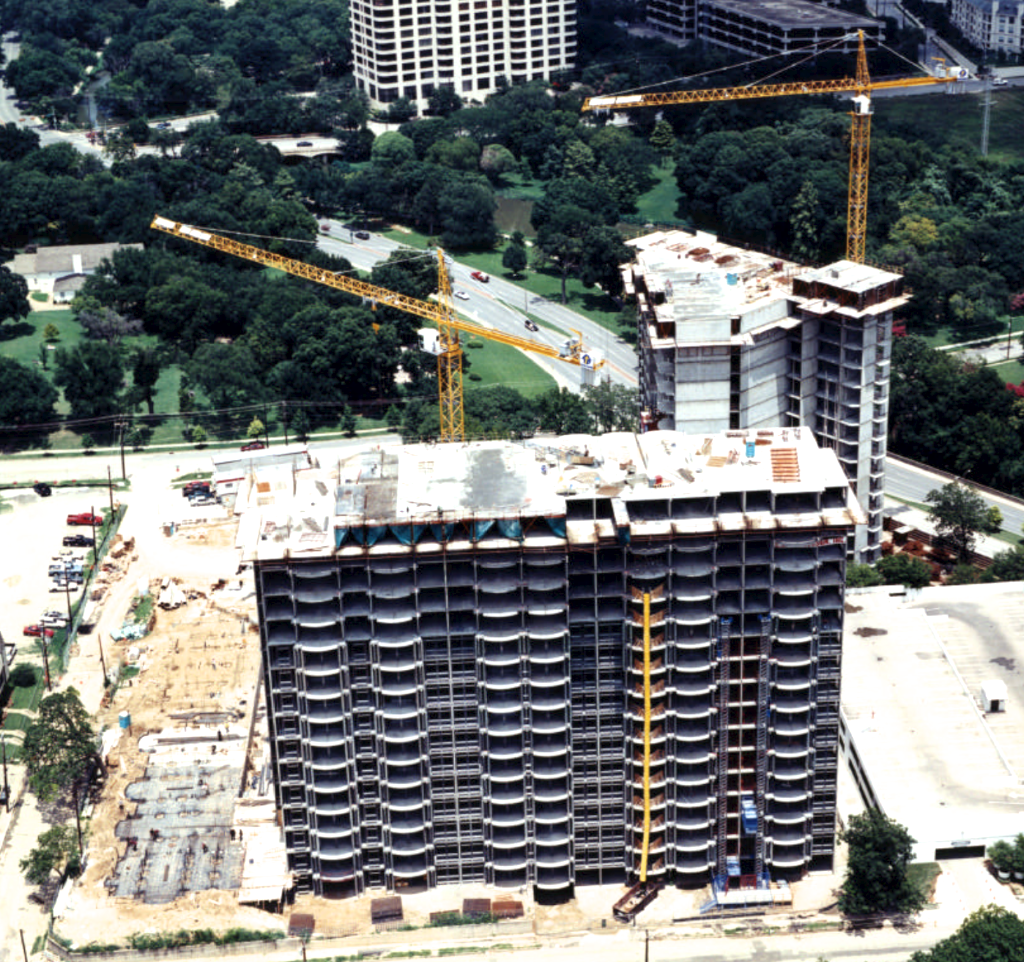

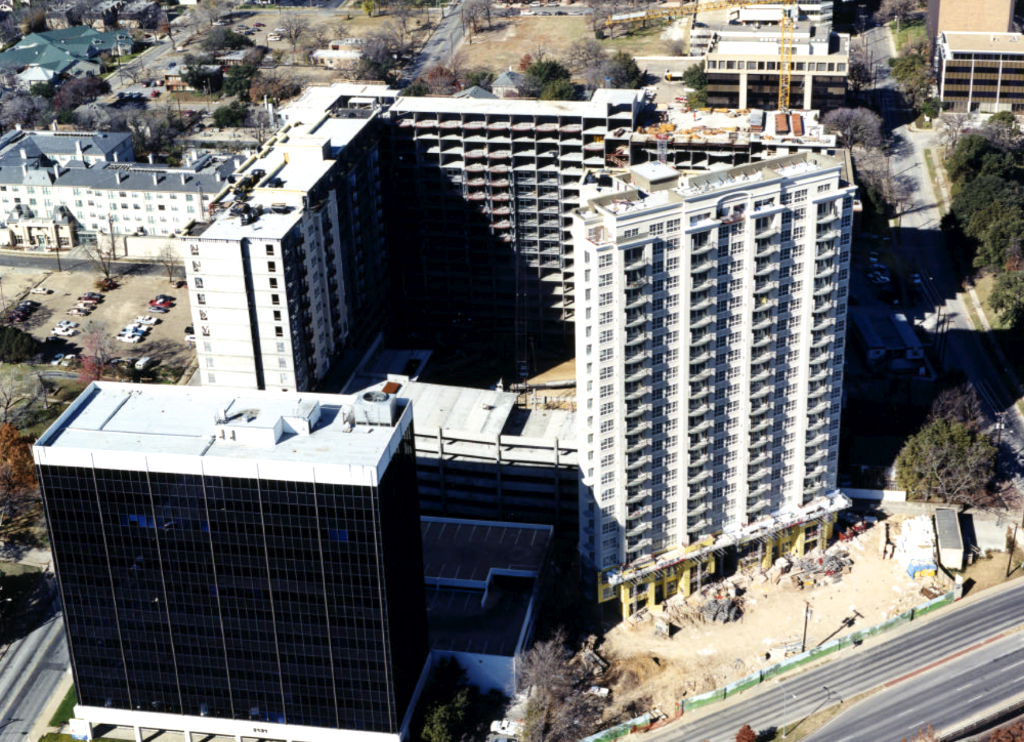
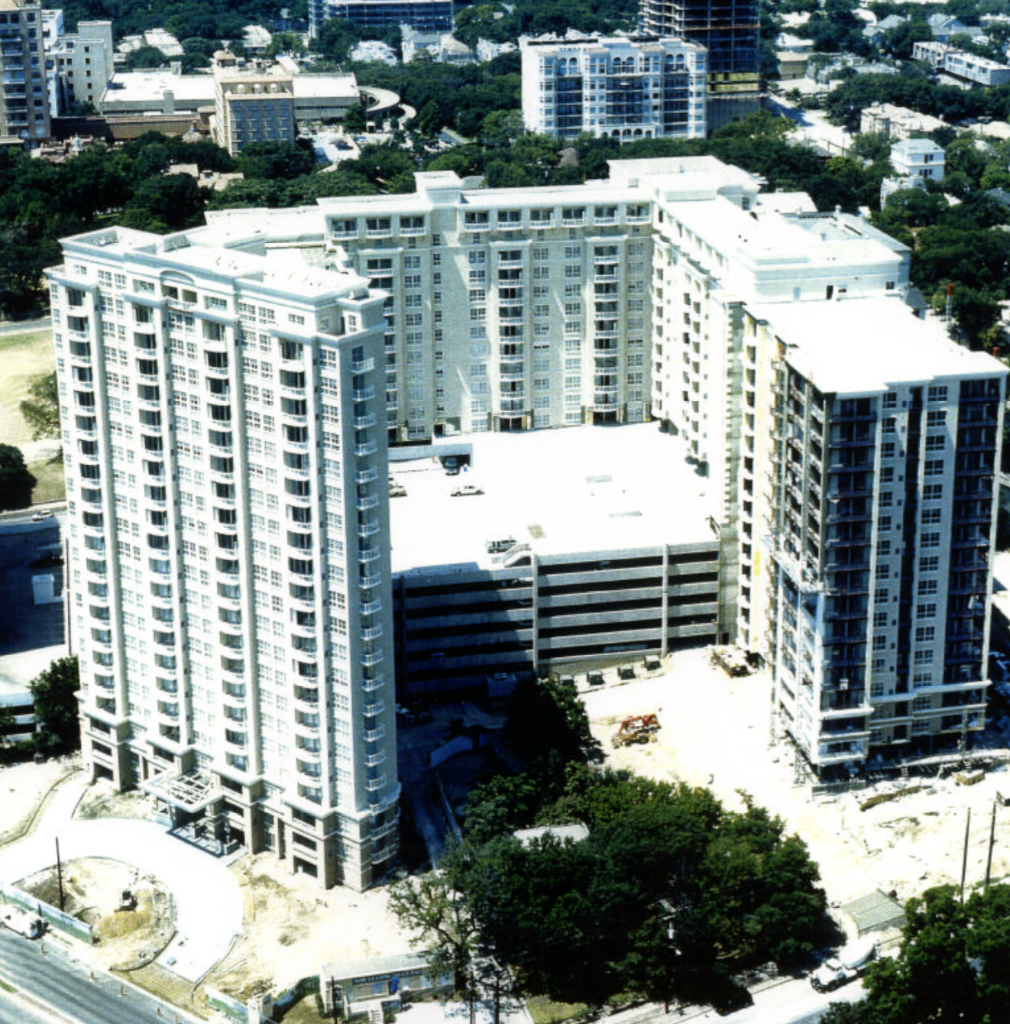
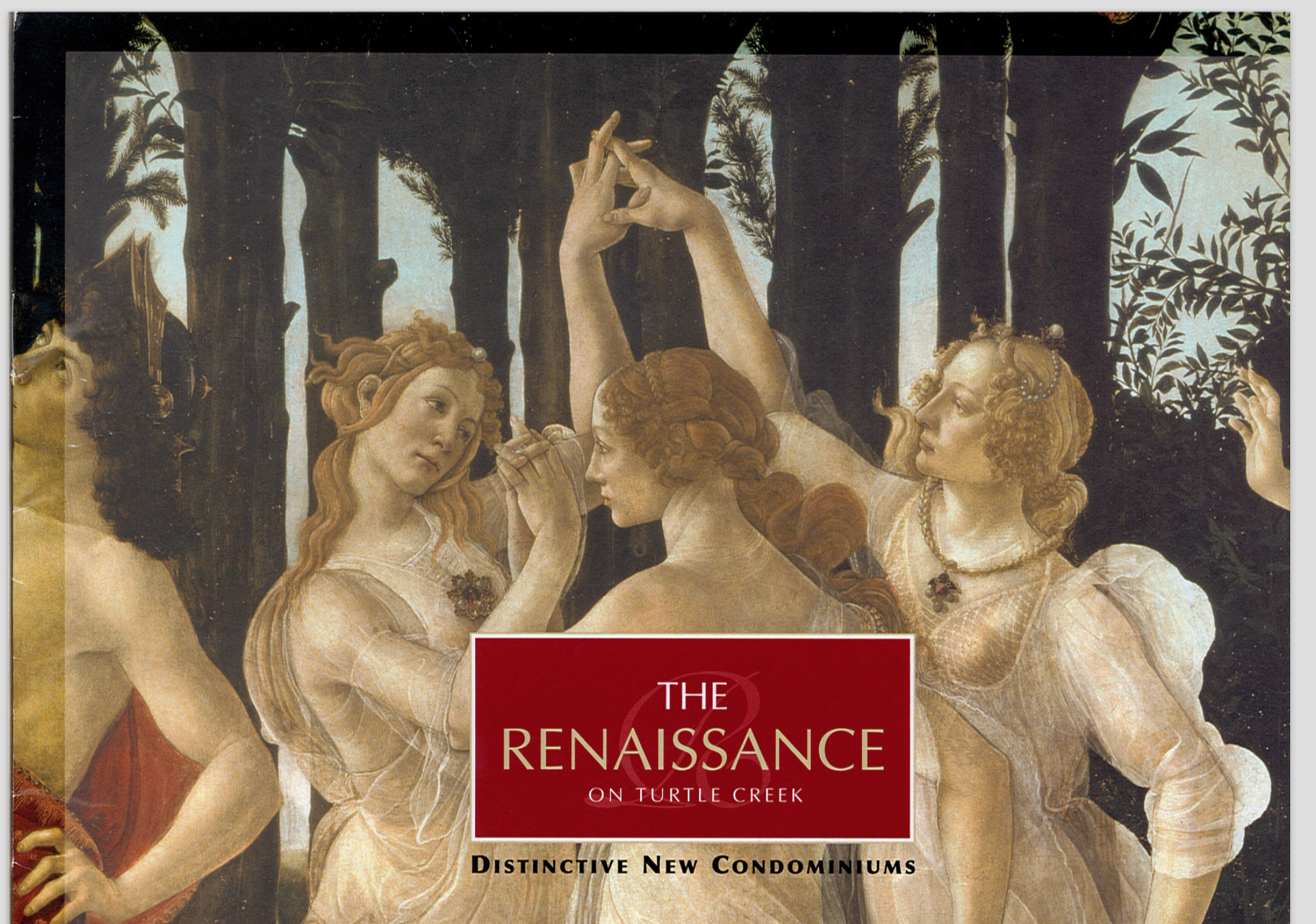
Historical Fact-Bites
Rev. Marcus Cullum
Rev. Marcus Hiram Cullum moved from Tennessee in 1873 with his wife and 8 children. They settled on ten acres, with their home located at the current corner of Cedar Springs and Sale Streets, where The Renaissance now sits. At the time, the area had no schools, churches, or stores, but it did have many oak trees and grass, and because of this was called "Oak Lawn".
Rev. Cullum preached to a gathering of his neighbors on Sundays under the oak trees on the hillside overlooking Turtle Creek. Later, he became a charter member and the first official pastor of the Oak Lawn Methodist Church, still located at the corner of Oak Lawn and Cedar Springs.
Jean Baptiste Adoue, Jr.
From the 1910s to the 1940s, prominent Dallas citizen Jean B. Adoue, Jr., and his family resided at the corner of Cedar Springs and Sale Streets, the current location of the South / West Tower of The Renaissance. Mr. Adoue was an attorney, Vice President of the National Bank of Commerce, and from 1951 to 1953, Mayor of Dallas.
Gusher Records
In 1981, "Oklahoma Cowboy" by Earl Dee Long was the initial single produced by Gusher Productions, located at 3122 Sale Street.... the current location of the West (C) Lobby.
West (C) Lobby
The current West (C) Lobby has been greatly enhanced over the years. Originally, this was a simple corridor to a wooden door exit, lined by storage units. Thankfully, these have been removed and the space transformed into a second lobby entrance for the South/West Tower. This space was originally called the “D” Lobby (the “C” Lobby being the mailroom).






